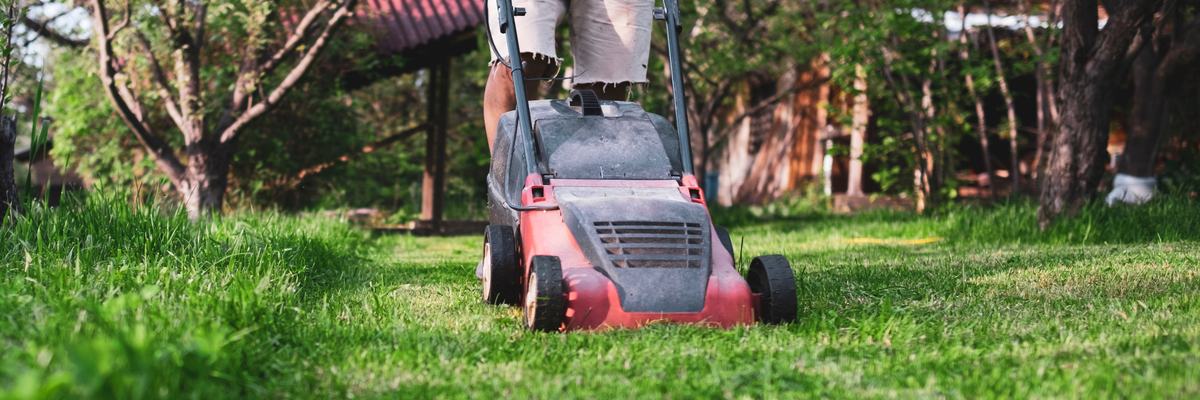Lawn Care Step by Step Guide
A smooth, healthy lawn looks fabulous, but how do you manage to keep your grass green? Thompson's gives you advice on growing a beautiful green property. Please follow our step-by-step guide, and your lawn will look amazing.
Renovating a worn-out lawn
If the overall grass cover of your lawn is thin or there are noticeable bare patches around the yard, then over-seeding is called for.
-
Step 1: Rake the Area. Use a rake to loosen the soil surface and remove any clear weeds or stones. A sprinkling of Lawn Dressing worked into your existing surface will help to provide a fine seedbed.
-
Step 2: Sow the Seed. Choose one of the Evergreen grass seed mixtures and apply it evenly over the lawn. Rake into the soil surface so that the seed is covered.
-
Step 3: Keep The Lawn Well-Watered. Water the area every few days if the weather is dry.
-
Step 4: Repair Bare Patches. Well worn areas, goal mouths and race tracks need to be re-seeded. You will get hard-wearing results from Evergreen grass seed. Follow the directions on the packaging for the best results. Don't forget to persuade children to move play areas around the garden next summer.
Step 1
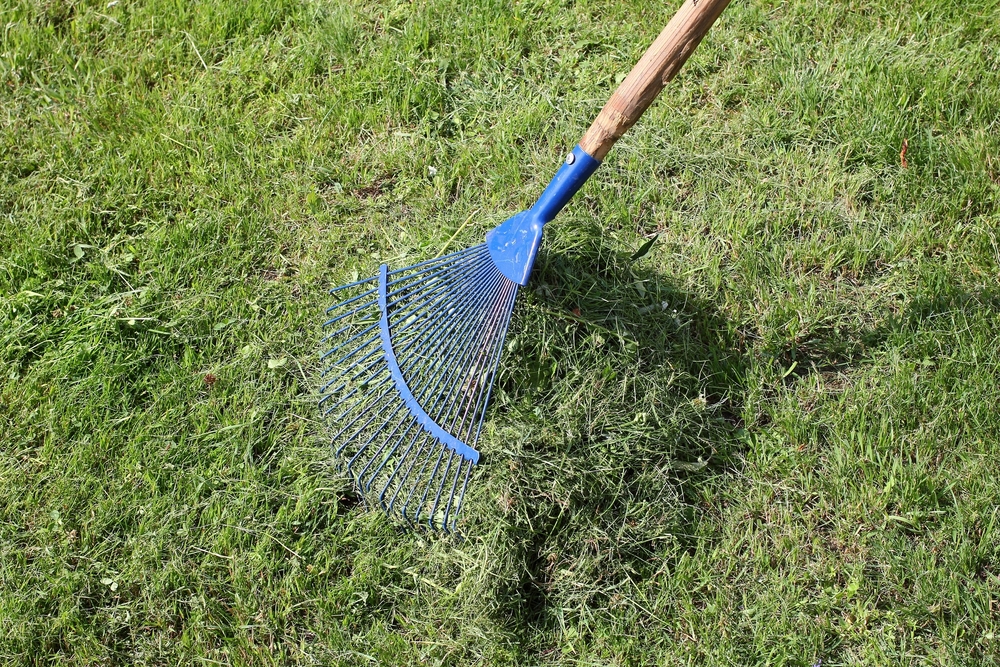
Step 2
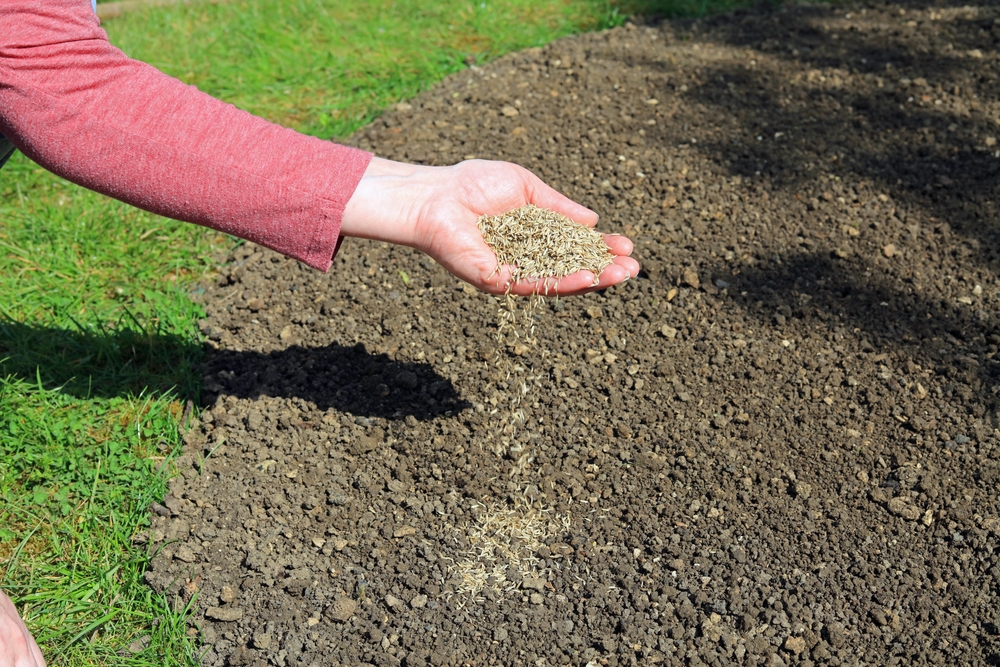
Step 3
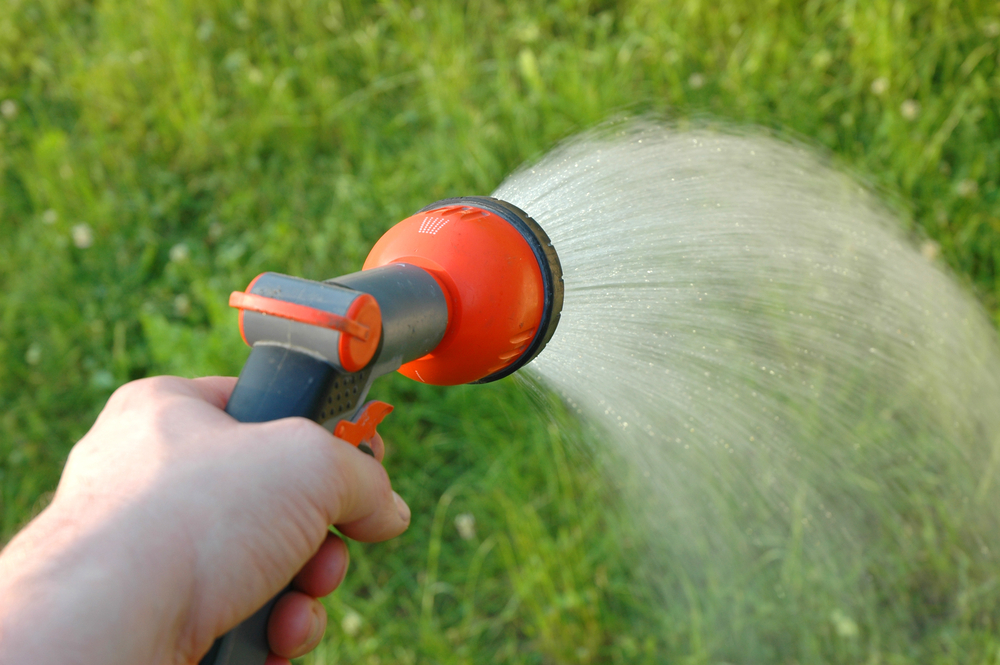
Step 4
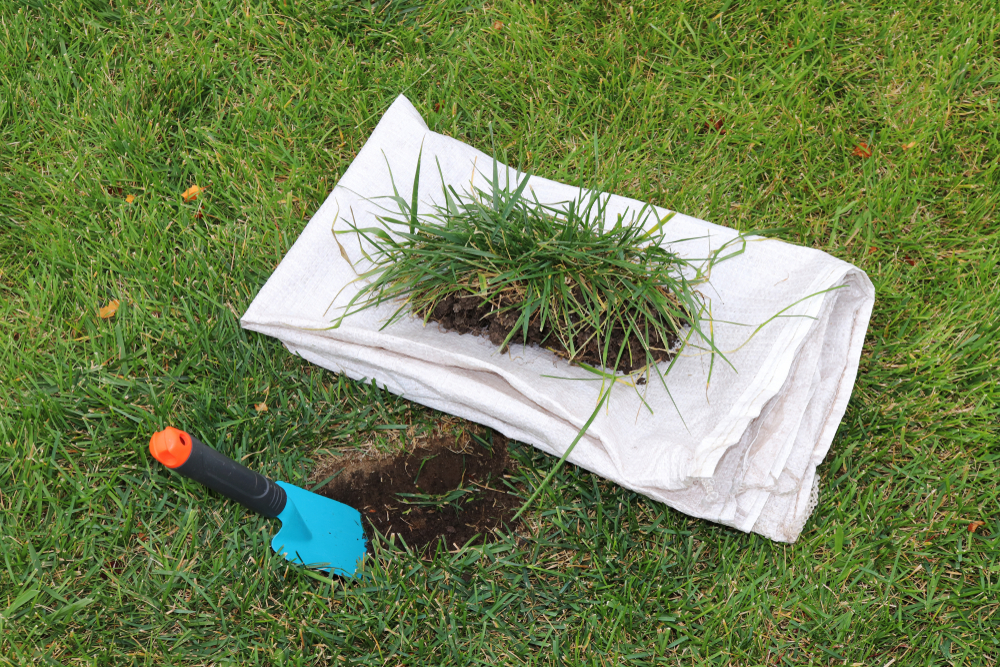
Keeping your lawn healthy
If you want to enjoy a vigorous, strong and healthy lawn, you need to take care of it the right way. Get the right tools and products, and give your lawn the best workout it needs to stay fit and vital. Please follow our steps to a healthy lawn, and you will make the neighbours jealous. Make sure you water your lawn well before taking action to avoid root damage.
- Step 1: Get rid of weeds. Make sure to remove weeds on time so they don't get the chance to grow a big root system. Weeds are plants that grow in locations they don't belong. Sometimes a dandelion may look beautiful, but its flowers spread seed very quickly and take over your lawn. Remove weeds with a weed remover or by hand.
- Step 2: Aerate the lawn. Use a dethatcher or aerator to allow air and water to penetrate your lawn. Aeration involves adding space to your grass blades by making small holes in the patch. This helps the roots grow deeply and produce a stronger root system, which results in a more vigorous yard.
- Step 3: Reseed and overseed. If your lawn has been damaged or contains bald spots, you need to sow grass seed. Apply top-quality grass seed in spring (from March to May) or early Autumn (September to mid-October).
- Step 4: Mow. Keep your grass at the right height by mowing it regularly. Base your mowing on grass growth and not the day of the week. Keep this rule of thumb in mind: never remove more than one-third of the blade length at a time.
- Step 5: Water and fertilise. It may sound simple, but watering your lawn the right way is the key to success. Grass spades grow best when watered deeply at less frequent intervals. A healthy lawn needs nutrients to grow. Nitrogen is essential to keep your lawn lush, vibrant and green. We recommend applying lawn food in spring before the growing season starts and in autumn when the grass needs a little more help after the growing season has ended.
- Step 6: Mulch and keep clean. Lawnmower mulching helps return nutrients to the lawn to help it grow full and thick. After mowing the lawn, you can use the clipping as a free mulch layer.
